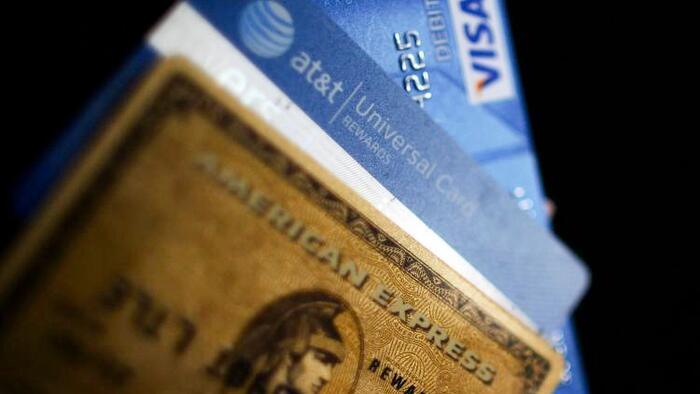The escalating cost of living and rising interest rates have significantly impacted American consumers, with many becoming trapped in high-interest credit card debt. A recent report from Bankrate reveals that since the Federal Reserve began increasing interest rates in March 2022, 37% of American credit card holders have maxed out or are close to maxing out their credit limits. Bankrate analyst Sarah Foster expressed concerns that this situation reflects underlying consumer distress that may be obscured by national economic indicators. Inflation, which has depreciated the value of the U.S. dollar by over 20% since 2021, along with unexpected emergency expenses, has forced many Americans to rely heavily on credit cards. Compounded by high levels of credit card debt exceeding $1 trillion for the first time, the financial situation for many continues to grow precarious.
Despite generally positive aggregate labor data and a low unemployment rate of 4.1%, the economic struggles faced by those with high credit card debt are notable. TransUnion’s Credit Industry Insights Report shows a steep rise in credit card debt, reinforcing the reality that the national averages may not reflect the realities faced by those heavily reliant on credit. For lower-income individuals, high-interest rates—averaging around 25%—make it difficult to escape debt. Unlike wealthier individuals, who may utilize home equity for cash, those solely dependent on credit cards find themselves trapped. The consequences of this debt extend beyond immediate financial strain, as maxing out credit cards leads to reduced credit scores, hindering the ability to secure better financing options and increasing costs in other areas such as car insurance.
Concerns about consumer spending emerge as a significant issue for the broader economy, with consumer purchasing accounting for over two-thirds of the U.S. GDP. When consumers struggle with inflation and are forced to max out credit cards to meet basic expenses, it signals broader economic uncertainty. As the holiday shopping season approaches, this situation raises alarm bells among analysts like Foster, who warns that maxing out cards often leads to missed bill payments in other areas. Recent reports, including one from BankruptcyWatch, indicate a notable rise in personal bankruptcy filings, particularly under Chapter 7 and Chapter 13, as households grapple with ballooning debts in the face of dwindling government support following the pandemic.
Notably, while there has been a surge in personal bankruptcy filings, the numbers remain beneath pre-pandemic levels, largely attributed to a healthy job market. However, current trends suggest a potential return to those pre-pandemic filing rates, as pandemic relief programs come to an end and inflation continues to drive costs upward. The American Bankruptcy Institute highlights the rising debt loads alongside the expiration of COVID-19 relief efforts, a critical factor in the recent uptick in financial distress among consumers. In contrast, a more optimistic report from U.S. Bank suggests a robust retail sales environment, buoyed by low unemployment and wage increases, although the rising tide of credit card debt remains a concern.
Considering the dire situation surrounding credit card debt, financial experts suggest several coping mechanisms for Americans. For those with access to lower interest credit options, such as home equity lines, it may be beneficial to utilize this financing to pay off high-interest credit debt. Additionally, requesting higher credit limits from credit card companies—while avoiding further debt accumulation—can help improve credit scores, unlocking better financing alternatives in the future. Experts advise making multiple payments each month to manage credit utilization rates effectively, as this can positively impact one’s credit score.
For individuals who find it challenging to manage their credit card debt, engaging with nonprofit credit counseling services can provide valuable assistance. These services can offer guidance and create manageable payment plans tailored to individual financial situations. With the complexities of navigating rising living costs and mounting credit card debt, consumers are urged to explore all available options and resources to regain financial stability while the economic landscape continues to evolve. Addressing underlying issues contributing to consumer debt remains crucial as Americans hope to navigate the persistent financial challenges ahead.

